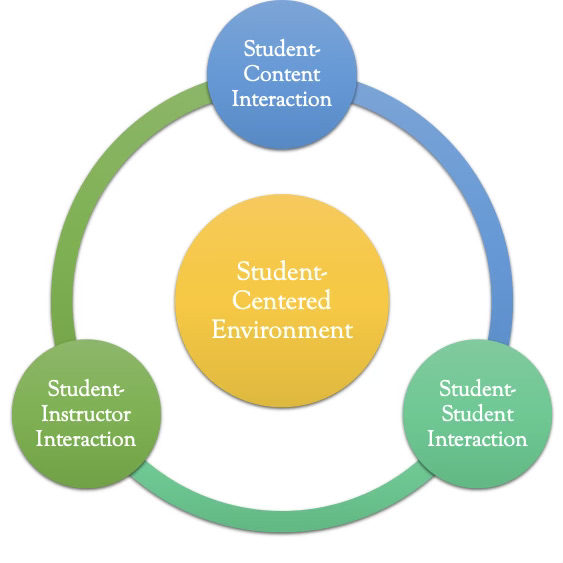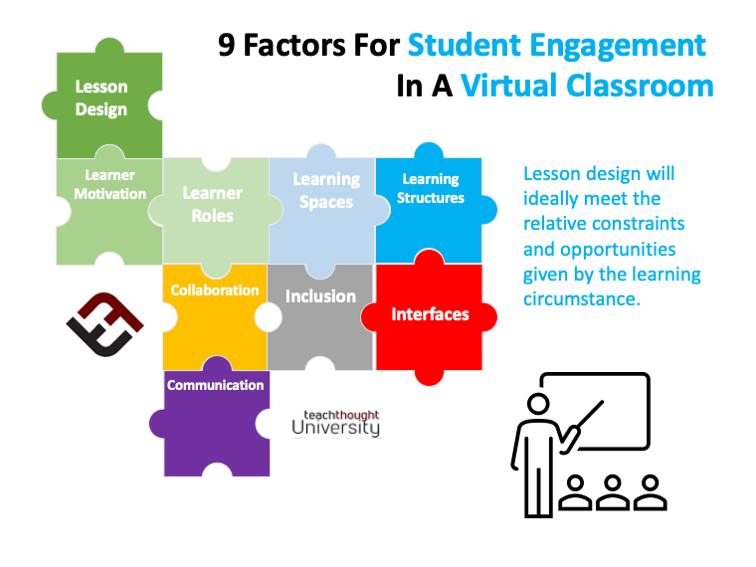

"WE ARE EDUCATORS:
WE ARE BORN TO MAKE A DIFFERENCE IN THE LIFE-LONG LEARNING OF ALL OUR STUDENTS"
Images courtesy of Google Images 2021
I am able to employee each of the learning module sessions to strengthening my pedagogy styles. From inputting gamifications in my student engagement assignments to keeping the PPT slides user-friendly and not overload each slide with text to ensuring that I gain time to time-out myself to ensure that I am always at 100% with well-being and health. Teaching techniques that I will share with my students and with faculty is to embed educational YouTubes and Ted Talk videos that also relate to my teaching areas. To embed other forms of visuals, social medias and learning modules to ensure all students have methods that they can use to learn in my classes. I will change the course shells to less is more and only post what is needed to be posted... give students time to work through assignments and not overload the shell with unnecessary information.
FAC 201 Online Session Topics
| Session | Topic |
| 1 | Student Engagement & Learning |
| 2 | Increasing Engagement Through Course Design |
| 3 | Increasing Engagement Through Assessment & Feedback |
| 4 | Increasing Engagement Through Online Behavior |
| 5 | Using Media as a Form of Engagement |
| 6 | Developing Routines |
| 7 | The Online Speaking Experience Part 1 |
| 8 | The Online Speaking Experience Part 2 |
Online Student Engagement: Best Practices
I have used multimedia assignments with my students whereas, they learn how to build their professional ePortfolio that includes embedding, videos, graphics, sound. I want student s to build on new media skills for their careers that allows them to showcase their educational endeavors in an online setting. The student actually work through building their own website and incorporating their own webpages. Students get lessons on critiquing websites (Links to an external site.) from the .edus, .orgs, .coms, .govs. Students work on this project for the entire semester and present their website to the class. Students love the notion of having all their resumes, cover letters, references, professional documents online whereas they can just share their weblink with prospective companies and internships. They have been impressed with how easy the website building can be, they can create a QR Code for the website and how they are the webmaster to their own webpage for editing and updating their information. I even share some of my ePortfolios I have created through the years Web20KMG (Links to an external site.).
ePortfolio Examples:
The What, Why, and How of ePortfolios (Links to an external site.)
Association of American Colleges & Universities: ePortfolios (Links to an external site.)
Student ePortfolio: Weber State University (Links to an external site.)
The Dos and Don’ts of Business Email Etiquette
So I create the four-line sentence rule when emailing students:
1- greetings- hello
2-what they have done thus far I am complimenting their class assignment work efforts
3- what they need to do now to finish a work assignment task and give the due date
4- thank you for taking my class
The feedback mentioned in this session was the value of doing gamification with students to assess their understandings of academic integrity and plagiarism. Through gaming, I can make the study and learning of these important academic conduct issues seem less intimidating to the student. Whereas, I can teach the lessons in an informal method but have formal structure to the delivery of what and how they learn about: Best Practices- So You Think You Know What Plagiarism Is? Text your Knowledge, Plagiarism Online Tutorials, Copyright For The Rest Of Us: A Guide For People Who Aren’t Lawyers, Differences between MLA and APA, Chicago, Turabian Styles of Documentation, ACADEMIC CHEATING: High-Tech cheating, Academic Integrity - Cell Phones and Academic Dishonesty, Students Cheating in Online Classes, Copyright and Plagiarism: Resources, United States Copyright Office Basics- Information Circulars and Factsheets, Academic Integrity in Social Media, University system regulations for students with plagiarism conduct issues, Digital Millennium Copyright Act Bill and Law, Medium ( Radio, TV, Film, Internet, Magazine, Newspaper) Industry: Copyright Infringement and Cheating 101. The impact will be positive because I can give every student an opportunity to be engaged and informed and excited about doing another way of learning a subject area.
I will look to employee these gaming ideas on AI and Plagiarism:
Investing in education- Investing in student academic success
PLAGIARISM AND ACADEMIC INTEGRITY GAME
>> https://www.academicintegrity.eu/wp/materials/plagiarism-and-academic-integrity-game/
Initiating count down - gamification of academic integrity
>> https://edintegrity.biomedcentral.com/articles/10.1007/s40979-020-00068-0
The online course will facilitate one or more of these types of student interaction tools and methods for interaction and communication:
On side note- I would love to look at student engagement and communicating with students bringing in celebrities to my online classes
I love the suggestion how the students get opportunities to just talk about the course and the life skills >> I always open the floor for students to discuss material from the previous class session, and for students to ask questions during the lecture. I just thought how wild would it be if you could get someone who is popular in the field you are teaching to come chat in your ZOOM class and give the students a new view on the career goals they are setting with someone who is already out in the working world. Over the 2020 Pandemic celebrities have found new ways to make a living as well by >>Kim Kardashian, Matthew McConaughey and More Celebrities Are Crashing Students Online Classes

LibGuide: Presentation: July 20, 2021
FAC201: Advanced Online Student Engagement
https://pvamu.libguides.com/c.php?g=1162097
Reflection and Reviewing: Student Online learning
Student focused online learning engagement- image
Quote
Learning can be anywhere/on anything- QR Code on your phone (KMG LibGuide)
Session topics 1-6
Session Topic
1 Student Engagement & Learning
2 Increasing Engagement Through Course Design
3 Increasing Engagement Through Assessment & Feedback
4 Increasing Engagement Through Online Behavior
5 Using Media as a Form of Engagement
6 Developing Routines
7 The Online Speaking Experience Part 1
8 The Online Speaking Experience Part 2
John B. Coleman Library |
Library Hours
|